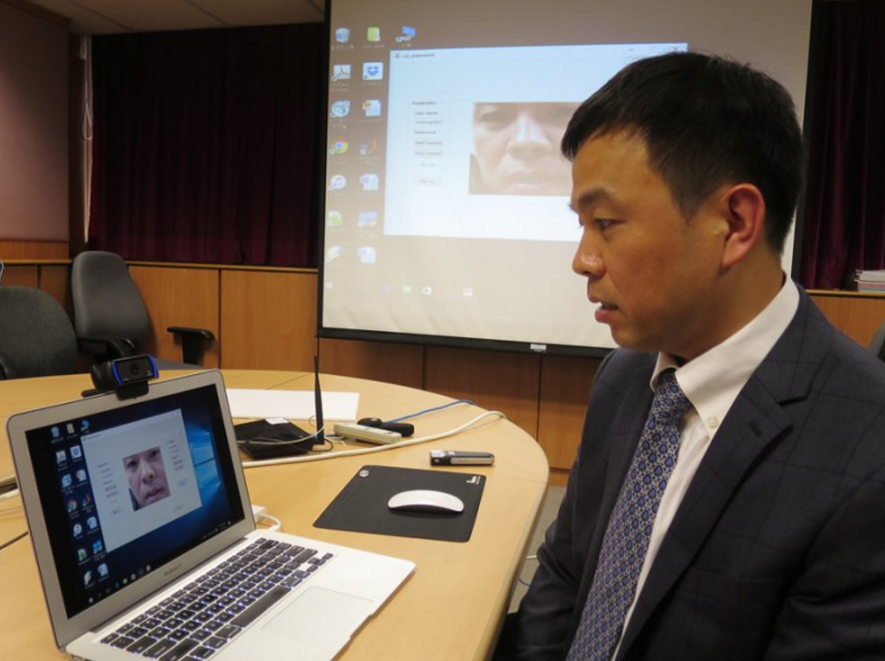By Nicole DiGiose
If you've been paying even the slightest bit of attention to tech news these past few years, you're aware that there have been many high-profile security breaches. Now, computer scientists at Hong Kong Baptist University (HKBU) have developed a new layer of biometric security, and it has nothing to do with fingerprints or retina scans. This new form of protection relies on lip-motion detection to boost the protection of password authentication systems.
The latest development utilizes the characteristics of a person's lip movements to create a double-tiered password authentication system. Originally patented in 2015, the technology can track the specific features of a user's lip shape, texture, and movement. The idea behind the invention is to combine a unique password with the lip motions of a user speaking that password, which results in a level of security that's very difficult for imposters to imitate.

Professor Cheung Yiu-ming demonstrates using the world's first lip-motion password technology, which provides double security in identity authentication. Image source: HKBU.
“The same password spoken by two persons is different, and a learning system can distinguish them,” said Professor Cheung Yiu-ming, head of the HKBU research.
So how does it all work? The study adopted a computational learning model, which extracts the visual features of lip shape, texture, and movement to characterize lip sequence. Samples of lip sequence are collected and analyzed to train the models and determine the threshold of accepting and rejecting specific spoken passwords.
Because it can be utilized in noisy public environments, this method is more consistent than voice-based recognition protections. What's more, the lip-password system can be integrated with existing biometric processes, including facial recognition, for an added security boost.
Furthermore, the research team plans to apply the technology in financial transaction processes such as ATMs. Such a system can also enhance the security systems controlling entry to the premises of public buildings.
For the sake of protecting our data, it looks like it may be time to pucker up.
Advertisement
Learn more about Electronic Products Magazine





